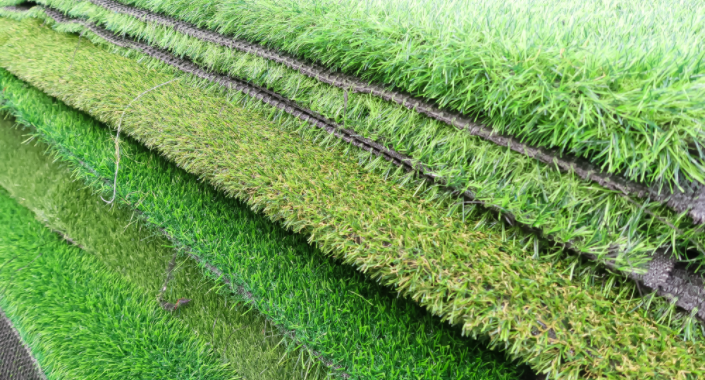
- Afrikaans
- Arabic
- Belarusian
- Bengali
- Czech
- Danish
- Dutch
- English
- Esperanto
- Estonian
- Finnish
- French
- German
- Greek
- Hindi
- Hungarian
- Icelandic
- Indonesian
- irish
- Italian
- Japanese
- kazakh
- Rwandese
- Korean
- Kyrgyz
- Lao
- Latin
- Latvian
- Malay
- Mongolian
- Myanmar
- Norwegian
- Persian
- Polish
- Portuguese
- Romanian
- Russian
- Serbian
- Spanish
- Swedish
- Tagalog
- Tajik
- Thai
- Turkish
- Turkmen
- Ukrainian
- Urdu
- Uighur
- Uzbek
- Vietnamese
cost to replace artificial turf football field
Dec . 16, 2024 15:20 Back to list
The Cost to Replace Artificial Turf Football Fields A Comprehensive Overview
As the popularity of artificial turf football fields continues to rise across schools, colleges, and recreational facilities, so does the need for maintenance and eventual replacement. Understanding the costs associated with replacing artificial turf can help institutions and organizations plan their budgets effectively, ensuring that their athletic programs remain intact and competitive. This article explores the factors influencing the cost to replace artificial turf football fields, the lifespan of these surfaces, and the considerations involved in making the switch.
The Lifespan of Artificial Turf
Artificial turf has grown significantly in popularity since its inception in the 1960s, particularly for football fields. With advancements in technology and materials, modern turf products are designed to last longer than their predecessors. Typically, the lifespan of artificial turf ranges from 8 to 15 years, depending on factors such as usage intensity, weather conditions, and maintenance practices. High-traffic fields used for multiple sports will wear out faster than those exclusively used for football.
Factors Affecting Replacement Costs
The cost to replace artificial turf football fields varies widely based on several key factors
1. Material Quality The quality and type of turf chosen significantly impact costs. Higher-quality, more durable options tend to have a higher upfront cost but can offer better performance and longevity. Additionally, eco-friendly options may come with premium prices but can provide long-term benefits in terms of reduced maintenance and enhanced safety.
2. Field Size Standard football fields are about 100 yards long and 53.3 yards wide. However, the total area can vary based on field specifications, including end zones and additional sidelines. Larger fields naturally incur higher costs for turf replacement.
cost to replace artificial turf football field

3. Installation Costs Apart from purchasing the turf itself, installation expenses must also be factored in. This includes costs for removing old turf, preparing the ground, and installing new turf, which requires skilled labor and specialized equipment.
4. Drainage and Base Preparation Proper drainage is crucial for the longevity of any artificial field. If the existing drainage system is inadequate, it may need upgrades, adding to the total cost. Additionally, if the base of the field requires resurfacing or additional preparation, this can further increase installation expenses.
5. Maintenance History A field that has been regularly maintained and serviced may incur lower replacement costs than one that has been neglected. Institutions that have invested in regular upkeep are likely to see extended lifespans for their fields, thus reducing the overall frequency of replacements.
Financial Implications
The average cost of replacing artificial turf football fields ranges from $600,000 to $1.2 million per field, depending on the factors outlined above. While this may seem high, it’s essential to consider the costs associated with natural grass fields, which require ongoing maintenance, reseeding, and more frequent usage downtime.
Moreover, many schools and organizations rely on athletic programs for revenue generation. A high-quality, well-maintained artificial turf field can improve the quality of sports programs, attract more events, and enhance community engagement, thus offsetting initial replacement costs.
Conclusion
In conclusion, the cost to replace artificial turf football fields can be substantial, but when viewed through the lens of overall benefits and long-term investment, it becomes a sound financial decision for many athletic programs. By understanding the various factors that influence replacement costs—including material quality, installation, and maintenance history—schools and organizations can make informed choices that will serve their athletes and communities for years to come. As the demand for high-quality sports surfaces grows, so too does the importance of planning for their eventual replacement to ensure continued success on the field.
-
The Benefits of Artificial Turf for Indoors
NewsJul.15,2025
-
How Artificial Grass Suppliers Ensure Quality Products
NewsJul.15,2025
-
Artificial Grass and Pets: A Space for Relaxation
NewsJul.08,2025
-
Balcony & Outdoor Decoration with Artificial Grass
NewsJul.08,2025
-
Best Indoor Artificial Grass for Home
NewsJul.07,2025
-
Best Pet Turf for Dogs: Safe & Durable Artificial Grass Options
NewsJul.07,2025
Products categories









